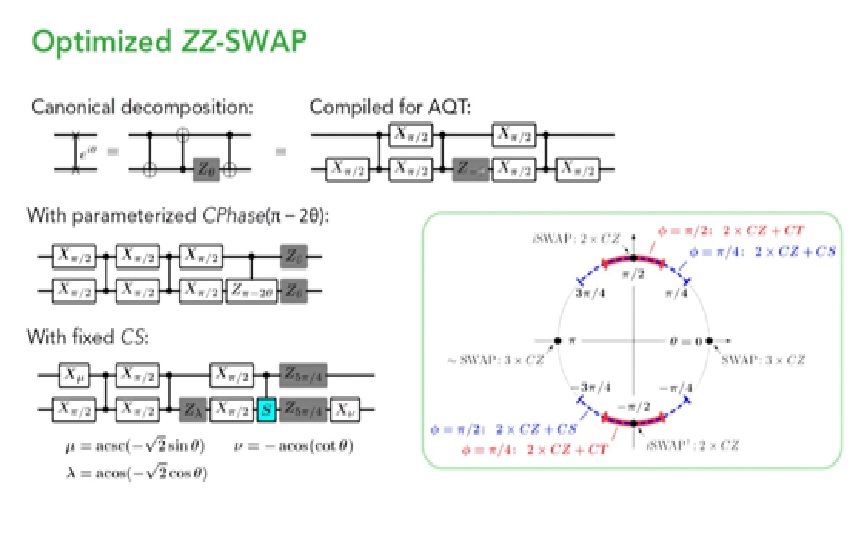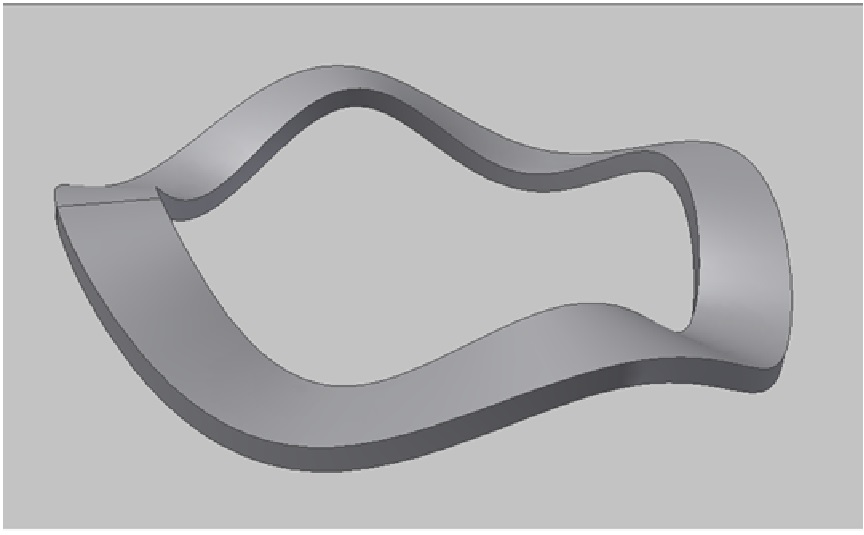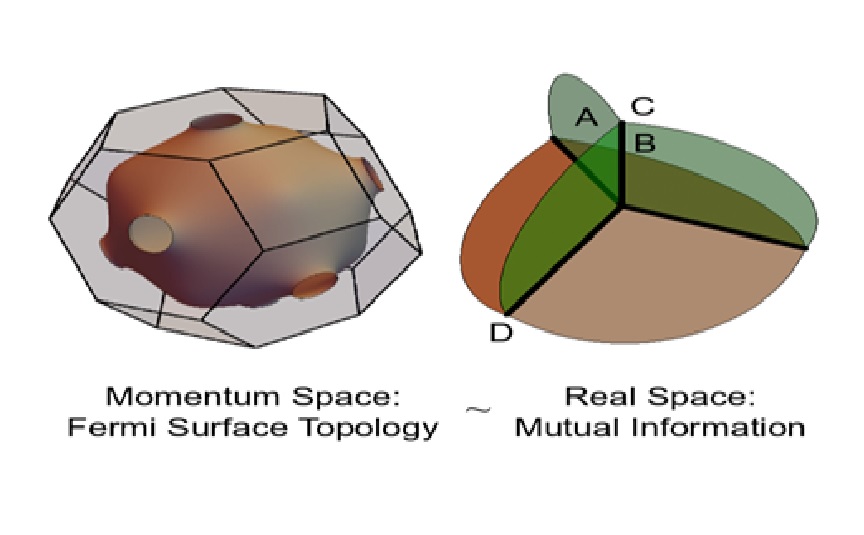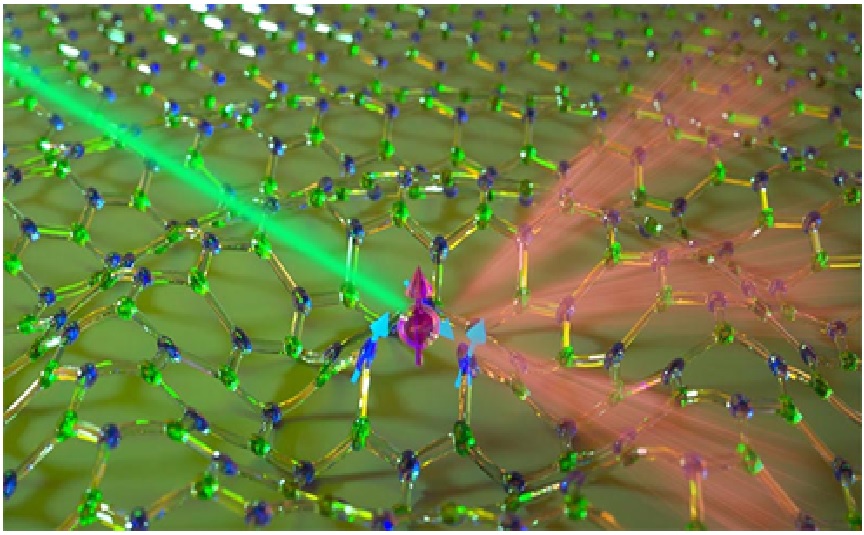A roadmap for the future of quantum simulation
A roadmap for the future direction of quantum simulation has been set out in a paper co-authored at the University of Strathclyde.
Quantum computers are hugely powerful devices with a capacity for speed and calculation which is well beyond the reach of classical, or binary, computing. Instead of a binary system of zeroes and ones, it operates through superpositions, which may be zeroes, ones or both at the same time. [1]

Figure 1. A roadmap for the future of quantum simulation
Figure 1 shows the continuously-evolving development of quantum computing has reached the point of having an advantage over classical computers for an artificial problem. It could have future applications in a wide range of areas. One promising class of problems involves the simulation of quantum systems, with potential applications such as developing materials for batteries, industrial catalysis and nitrogen fixing. [2]
In computing history, classical analogue and digital computing co-existed for more than half a century, with a gradual transition towards digital computing. “We expect the same thing to happen with the emergence of quantum simulation”, said Daley. “As a next step along the development of this technology, it is now important to discuss ‘practical quantum advantage,’ the point at which quantum devices will solve problems of practical interest that are not tractable for traditional supercomputers.” [3]
“Analog quantum simulators are now moving from providing qualitative demonstrations of physical phenomena to providing quantitative solutions to native problems. A particularly exciting way in the near term is the development of programmable quantum simulators hybridizing digital and analog techniques.” The development of a series is of great potential because it combines the best benefits of both sides by using native analog operations to produce highly entangled states.”
A quantum technology cluster is embedded in the Glasgow City Innovation District, an initiative run by Strathclyde in conjunction with Glasgow City Council, Scottish Enterprise, Entrepreneurial Scotland and the Glasgow Chamber of Commerce. It is envisioned as a global venue for quantum industrialization, attracting companies to co-locate, accelerate growth, improve productivity and access world-class research technology and talent at Strathclyde. [4]
References:
- https://mixpoint.in/quantum-physics/2022/07/a-roadmap-for-the-future-of-quantum-simulation/
- https://www.sciencedaily.com/releases/2022/07/220729173217.htm
- https://www.uibk.ac.at/en/newsroom/2022/a-roadmap-for-the-future-of-quantum-simulation/
- https://nationworldnews.com/a-roadmap-for-the-future-of-quantum-simulation/
Cite this article:
Thanusri swetha J (2022), A roadmap for the future of quantum simulation, AnaTechMaz, pp.65















